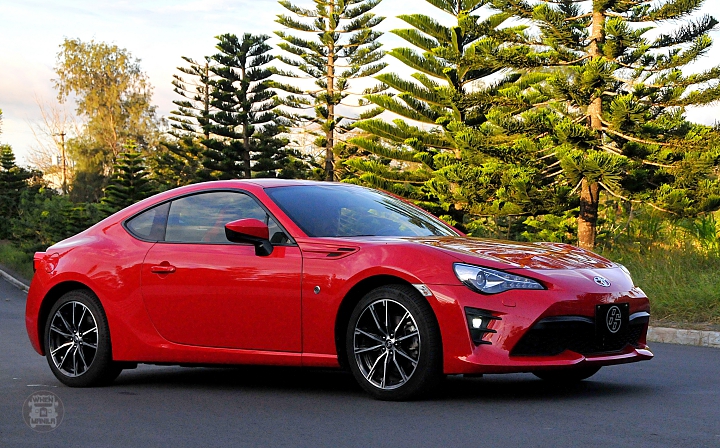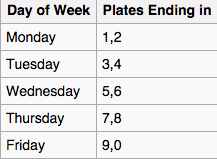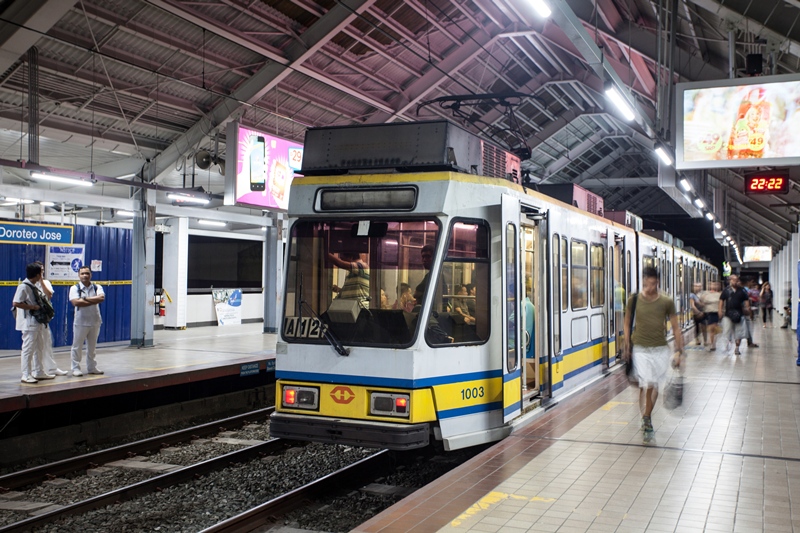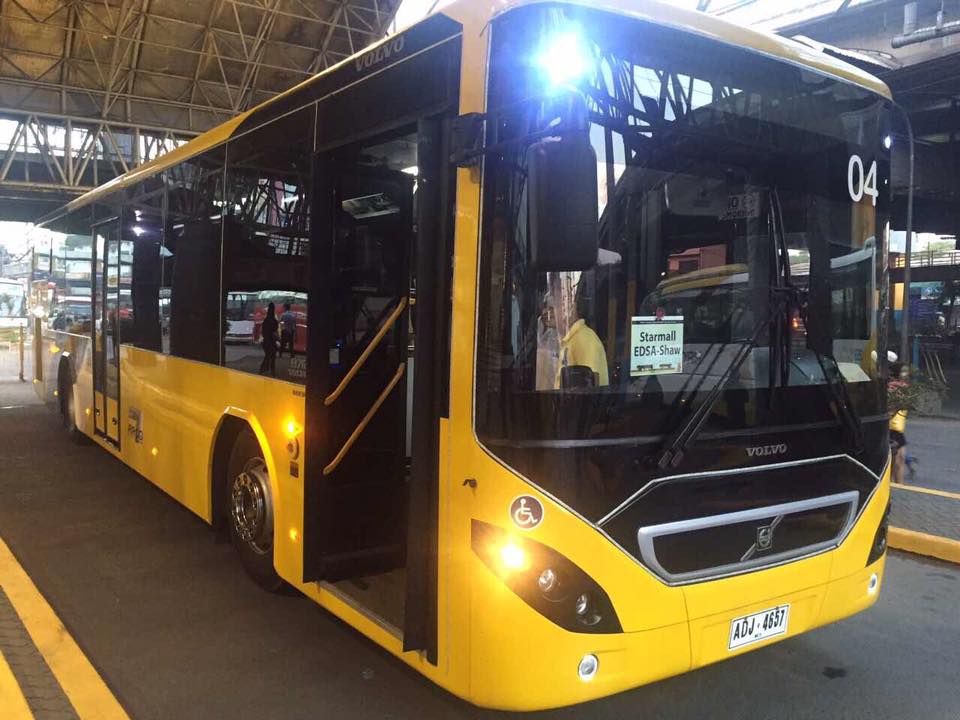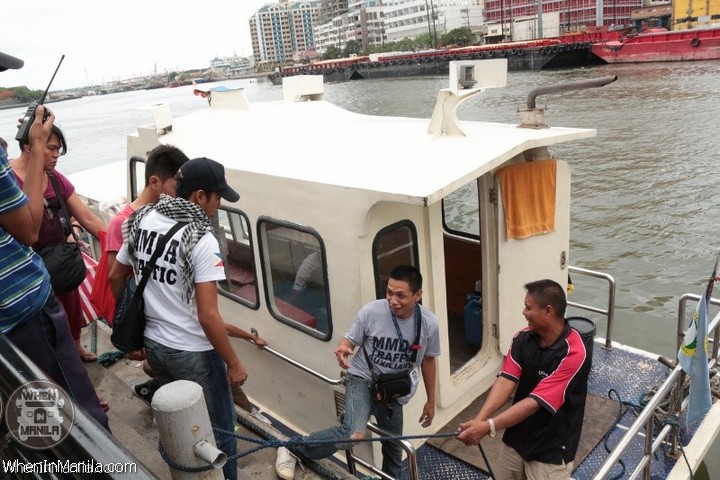With how fast time flies, it seems like everyone’s livin’ in the fast lane. Truthfully, time is essential, and no time must be wasted. That’s why when we get stuck in traffic, we get furious, delirious, and just want to evaporate.
Joke lang.
Well, we cannot do anything about the traffic anymore.
Tayo pa rin, bes.
Because there are tangible road improvements to appreciate. As a work at home mom, who rarely goes out of my area (South girl for life) commuting is my nemesis.
But I wouldn’t mind driving this sick ride by Toyota! 86 is the best for me. (Well, aside from their hybrid Prius C).
Amazingly, traffic is not as harsh as before: it’s now more regulated and predictable.
Allow me to share a few of the improvements I’ve noticed lately.
4. Strict implementation of the Number Coding Scheme
I had an event in Pasay, on a payday Friday, and ended around 6 pm (rush hour). Surprisingly, though, what is usually a dreadful 2-hour drive or commute to my place, only took us 45 minutes to get home! I curiously asked the Grab driver and he said: “may number coding na po kasi, at tapos na po ang window.” (Because of the number coding and the window hours are done).
For someone who values time and money, the Unified Vehicular Volume Reduction Program (UVVRP), commonly known as, Number Coding scheme is a great help in alleviating the traffic in Metro Manila.

Source: Linkedin.com
I’m the type of person that doesn’t like to waste time. So, if I know I’d get stuck in traffic, I’d find the nearest coffee shop and work, instead.
For those who do not know, number coding scheme is a road initiative that aims to reduce traffic congestion, by restricting vehicles that use major roads like C5, EDSA, and more.
Furthermore, some cities have also implemented the window hour policy. However, cities like Las Pinas and Makati have suspended the window hours as these are considered main roads, too.
Ultimately, traffic is more predictable now at certain hours, thanks to the Number coding scheme!
3. More trains or light rail vehicles
If driving isn’t an option, the most preferred and fastest alternative is the LRT and MRT.
Fortunately, the Department of Transportation and LRMC increased the LRVs from 77 to 100 LRVs! MRT also added more sustainable coaches, so it can accommodate more passengers. Hopefully, this will resiliently improve our train experience.
2. Premium Point to Point (P2P) Buses
One thing I love about this generation is being multimodal. We don’t like inconveniences, and we definitely won’t settle for less. We choose the best mode of transportation: be it bike, motorcycle, train, or bus.
Fortunately, there are P2P buses available on the road! I’m so thankful to the Department of Transportation because south peeps can now travel efficiently to the North with their new route: Alabang to Ortigas! (Pwede bang until Trinoma na rin po?)
These are soshal buses! They are fully equipped with Wi-Fi, CCTVs, and low-entry level for persons with disability.
By the way, if you are a frequent traveler and you don’t like driving home, don’ fret as aside from the Grab booths visible in the airport, you may use these fully equipped premium airport buses. They are specifically made for everyone to have a smoother and stress-free ride from NAIA to Makati and Roxas Boulevard.
1. Pasig Ferry Shuttle Service
Another way to help alleviate the traffic is the Pasig Ferry Shuttle Service. Since most of the businesses are in Makati and Pasig, the Inter-Agency Council on Traffic (i-ACT) re-launched the Pasig River Ferry with shuttle service.
In fact, it’s a lot easier to go to Divisoria na! Personally speaking, between the ferry and the PNR, I’d pick PNR better. For some reason, I’m not fond of traveling by water.
Looking forward to more road improvements
Gladly, Philippines is emerging. There will be more road improvements to come. In fact, LRT-1 already started installing new rails from Baclaran to 5th Avenue stations. The project covers 21 kilometers of rail tracks on the northbound route and five kilometers on the southbound route. Once completed, trains will be able to run at a maximum speed of 60 kph, while also increasing the lifespan of LRVs, avoiding wear and tear of the rolling stock, and ensuring the reliability of the whole train system.
Traffic is the worst conundrum of everyone, especially the lawmakers. Although it was reported that it will ease up soon, it is also our responsibility to discipline ourselves by leaving earlier, following the traffic rules, and more. You may read my article about The Disadvantages and Advantages of The Horrible Traffic in Manila.
It may be too early to tell, but I believe that we are getting there. These simple transportation improvements are vital to our daily commute and/or drive experiences. Happy commuters/drivers, happy country!
Have you seen any road improvements? Share them in the comment section below.


